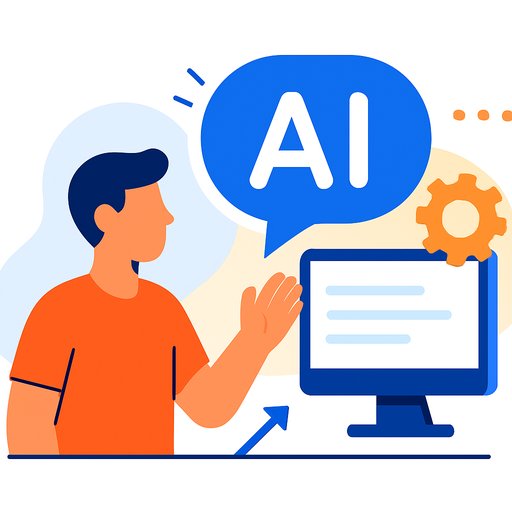Pope Leo XIV's warning for AI builders: code expresses values
From St. Peter's Square to your sprint board: this matters. Pope Leo XIV recently urged engineers to treat moral discernment as core to the job, reminding us, "Every design choice expresses a vision of humanity." That's not theology for its own sake. It's product truth.
Some argue tech is "value-free." Build it, and people decide how to use it. Others point out that tools are value-laden by design. Defaults, incentives, guardrails, and UI nudge behavior long before the end user shows up.
Why this hits home for engineers
Tools shape people while people shape tools. Social feeds rewired attention. Recommenders influence what we think is normal. AI systems are already advising on health, law, and spiritual questions. Pretending the code is neutral is a convenient myth.
If your system informs decisions, it encodes judgments. If it automates actions, it encodes priorities. That means ethics isn't a PR slide - it's part of the architecture.
Practical guardrails you can ship
- Product spec: Write a one-paragraph values statement per feature. Define intended use, clear non-goals, and unacceptable outcomes.
- Data hygiene: Track provenance, consent, and licenses. Run bias checks on key segments. Document known gaps.
- Model constraints: Add capability limits, refusal policies, and safe defaults. Gate releases with evals that include misuse cases, not just accuracy.
- Red teaming: Schedule adversarial testing before every major launch. Include prompts, jailbreaks, and abuse workflows.
- Human in the loop: Keep humans on critical paths (health, finance, safety, minors). Provide clear escalation and override.
- UX for reality: Show uncertainty, citations, and limits. Avoid confident tones for low-confidence outputs.
- Privacy by default: Minimize data collection, shorten retention, and encrypt at rest/in transit. Offer opt-out wherever possible.
- Safety ops: Add rate limits, anomaly detection, incident response, and a kill switch. Treat misbehavior like a sev incident.
- Documentation: Publish model/data cards, risk notes, and change logs. Make audit trails queryable.
- Governance: Map to the NIST AI Risk Management Framework. Assign clear owners for risk, privacy, and safety.
Value-free vs. value-laden tech (the quick take)
- Value-free claim: "Guns don't kill people." Tools are neutral; users decide.
- Value-laden reality: Purpose, defaults, and incentives carry values. Systems steer behavior by design.
- Your move: Make the embedded values explicit. If you wouldn't defend them in public, don't ship them in code.
Optimism, pessimism, and the honest middle
"Tech fixes tech" isn't a plan. Neither is "go back to the cave." Build boldly, but add wisdom to speed. The cost of ignoring ethics isn't abstract - it's user harm, regulatory pain, brand erosion, and burnout for your team.
Sprint-ready checklist
- Add a "moral risks" section to your PRD and require sign-off.
- Include red-team tests in CI and block on high-severity failures.
- Expose uncertainty and citations in the UI wherever model outputs inform decisions.
- Log sensitive actions with retention limits and access controls.
- Run a misuse workshop with support, legal, and a user advocate.
- Ship a public-facing model or system card with known limits and update cadence.
Standards and skill-building
If you need a north star, align with the NIST AI RMF and track emerging rules such as the EU AI Act. Pair that with team training so ethics isn't just a doc - it's muscle memory.
Want structured paths by role? Explore practical courses for developers and product teams at Complete AI Training.
Pope Leo XIV's point is simple: code reflects what we believe about people. Wizardry without wisdom breaks things. Build with judgment - and ship with dignity in scope.
Your membership also unlocks:





